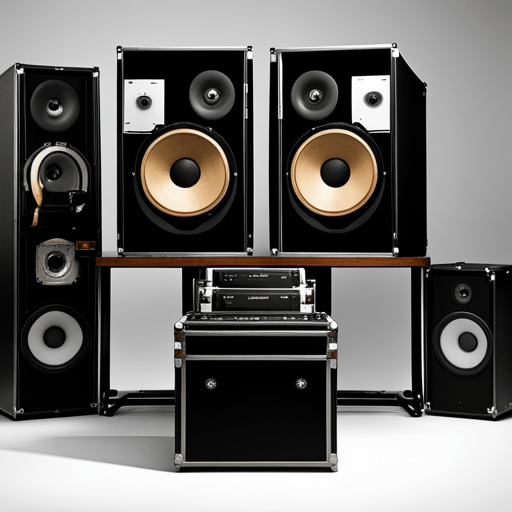Compressing 808s: Fatten Up Bass Drums

Can you share some tips and tricks on how to effectively fatten up bass drums using compression?
When it comes to music production, the 808 bass drum sound is a critical element that contributes significantly to the overall feel and power of a track. This characteristic, dominant, and ground-shaking hit has become the foundation for many genres, particularly in electronic music and hip-hop. However, achieving the perfect 808 sound can often seem a bit elusive for most producers. It’s not just about having a good sample; the secret lies in the way you treat the sounds afterwards, and one of the most effective tools for this is compression.
Let’s dive into the world of compression and explore how this amazing tool can work wonders for beefing up your 808s and taking your tracks to a whole new level.
Understanding Compression
At its most basic, compression is a tool that allows you to control the dynamic range of a sound. Dynamic range refers to the difference between the softest and loudest parts of a sound. By ‘compressing’ this range, you can make quiet parts louder or loud parts quieter. The effect can be subtle or radical, depending on the compressor’s settings and the characteristics of the original sound.
How Compression Works for 808s
When it comes to 808s, applying compression can help in several ways:
- Longer Sustain: Compression can prolong the sustain of the 808 hit, making the bass drum sound more powerful and present in the mix.
- Enhanced Punch: With compression, your 808 kicks can also have more punch, which contributes to a more aggressive and high-energy vibe.
- Improved Consistency: Compression can help ensure that the volume level of your 808s is fairly consistent throughout your track, reducing the chance of having some hits sound louder than others.
Best Practices for Compressing 808s
While there’s no one-size-fits-all setting for compressing 808s, some general practices might help you get started:
- Slow Attack, Fast Release: This allows the initial hit of the 808 to come through, adding punch while the compressor also increases the volume of the tail quickly.
- Ratio and Threshold: Generally, using a medium ratio (around 4:1) and setting the threshold so that the compressor is cutting a few decibels during the loudest hits is a good place to start.
- Use Parallel Compression: This is the process of blending a dry (unprocessed) signal with a heavily compressed version of the same signal. This can be very effective with 808s, allowing you to keep the punch of the original, while the compressed track fills out the sustain.
Remember that these are only guidelines and that the optimal compression settings depend on various factors, such as the specific 808 sample you are using, and the overall mix of your track. Always trust your ears and adjust parameters until you are happy with the results.
Conclusion
In conclusion, a well-compressed 808 is key to achieving a thick, heavy, and powerful bass in your tracks. It allows you to sculpt the 808 hit into a more controlled and punchy sound. It takes time, patience, and experimentation to get it right, but the result will be well worth it. Happy compressing!
